What design features ensure the safety of the Xiaomi SU7’s lithium iron phosphate battery? The safety design of the Xiaomi SU7’s lithium iron phosphate battery is integrated across multiple layers, including material selection, structural protection, thermal management, cell technology, and intelligent monitoring, forming a comprehensive protection system.
Lithium iron phosphate batteries inherently possess thermal stability advantages, with crystal structures remaining more stable under high temperatures and exhibiting lower thermal runaway risks compared to certain ternary lithium batteries. This forms the foundation for safety design. Building upon this, Xiaomi further enhances protection through structural innovations:
The battery pack features multi-layered physical protection. The bottom integrates high-strength support structures and composite materials to withstand bottom scrapes and impacts. Multiple thermal insulation layers on the sides slow heat diffusion during lateral collisions. An insulating layer covers the top to prevent short circuits caused by foreign object intrusion.
Xiaomi employs a combined active cooling and passive thermal insulation solution. The active cooling system utilizes a large-area liquid cooling plate covering the cell surfaces to maintain optimal operating temperatures during high-temperature environments or high-power output. Passive insulation involves filling the space between cells with highly insulating materials like aerogel to block chain reactions during thermal runaway and delay fire propagation.
At the cell technology level, certain versions incorporate an inverted cell design with pressure relief valves oriented downward. During thermal runaway, high-temperature, high-pressure gases are directed downward to avoid direct impact on the passenger compartment. This is complemented by a non-perforated battery lid and redundant smoke exhaust channels to further mitigate safety risks.
How does the Xiaomi SU7’s lithium iron phosphate battery incorporate safety through design? The vehicle’s cloud-based collaborative warning system monitors hundreds of battery signals per second, covering critical parameters like voltage, temperature, and current—far exceeding industry standards. Upon detecting anomalies, the system rapidly cuts off current flow and leverages cloud-based analysis to provide early warnings of potential risks.



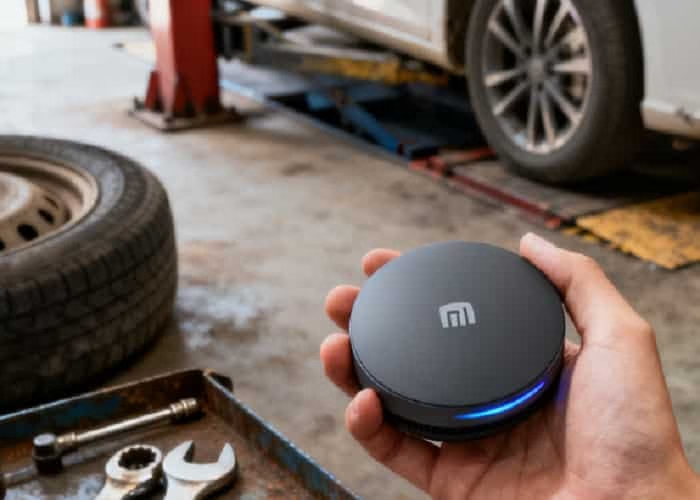
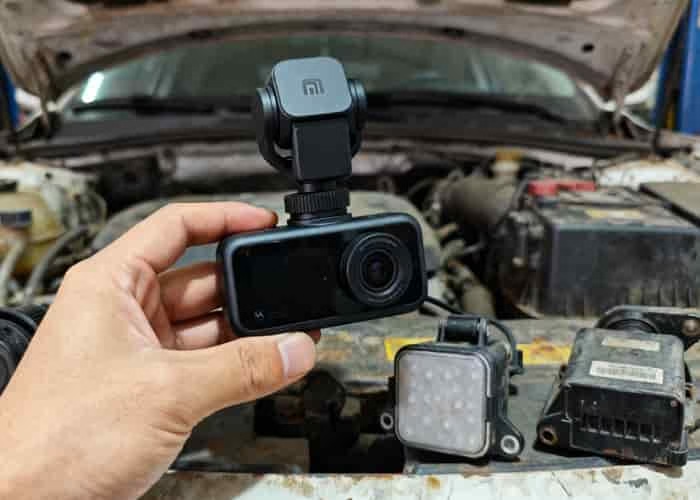
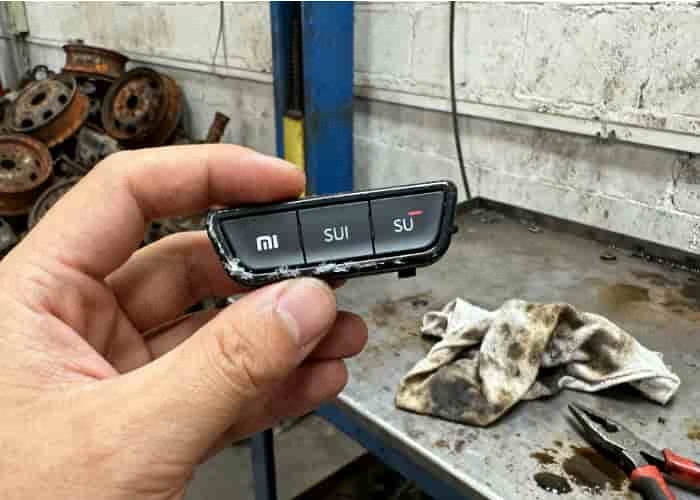
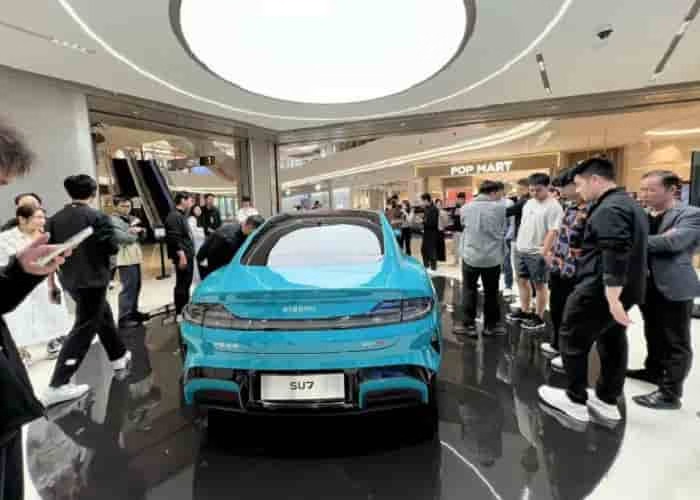
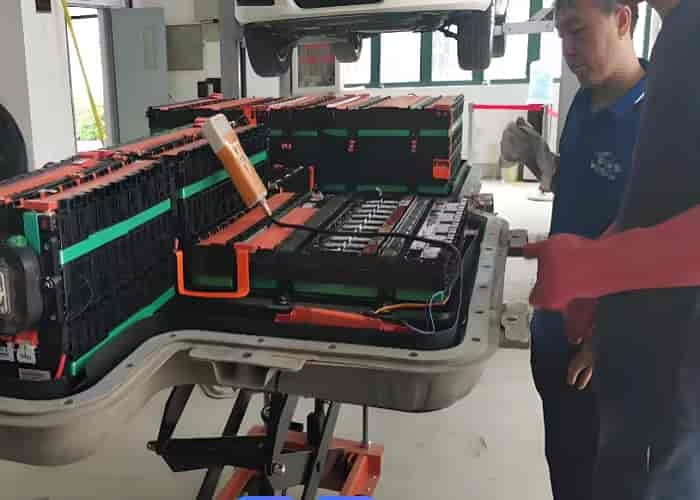

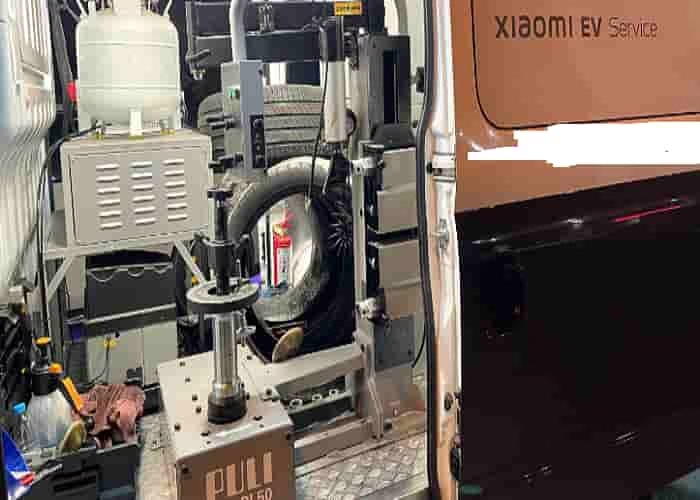
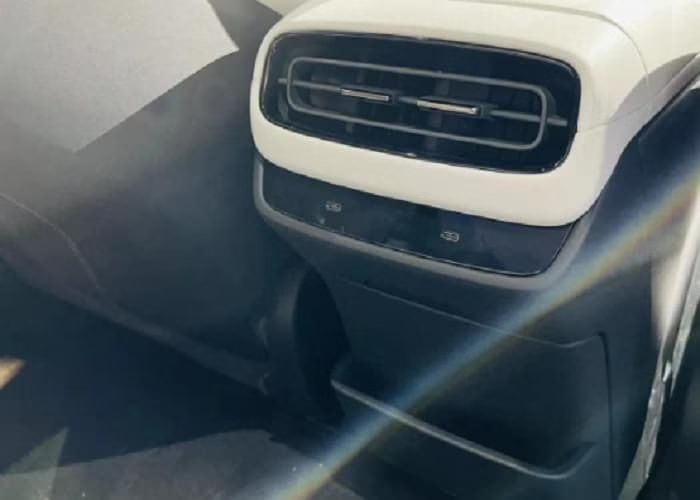
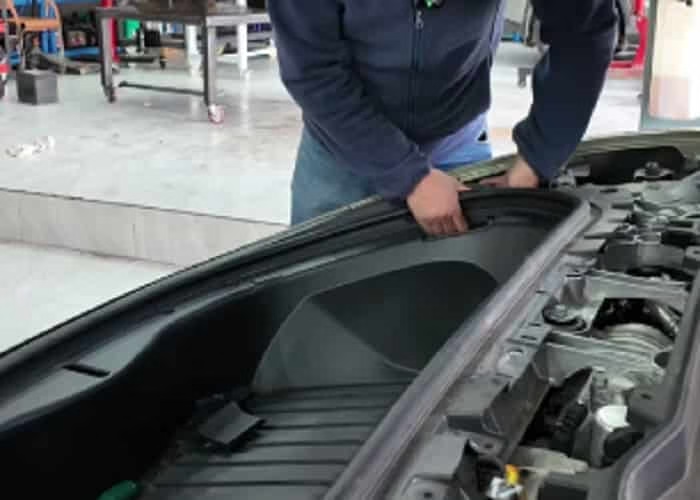
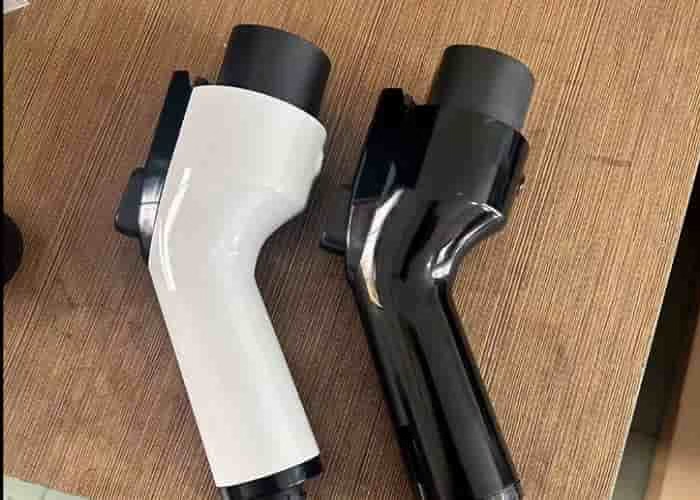


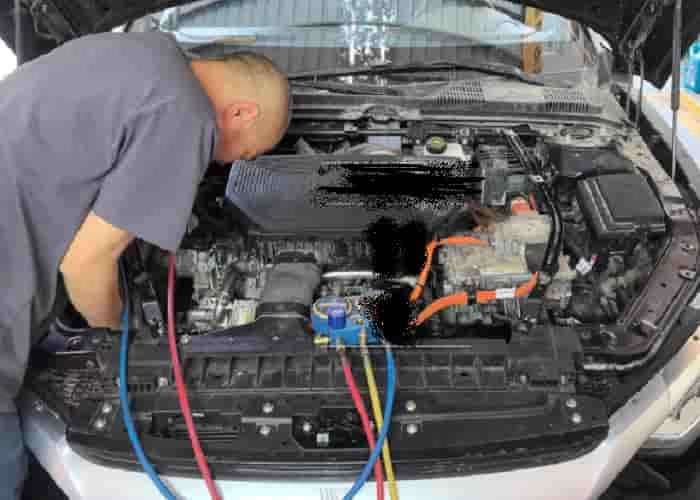
Leave a Reply